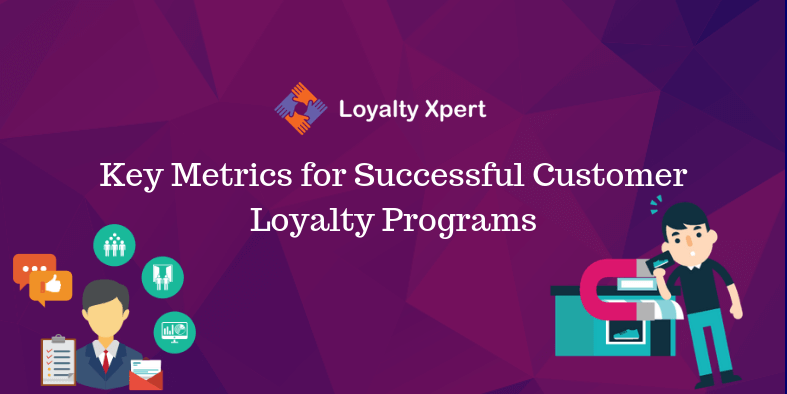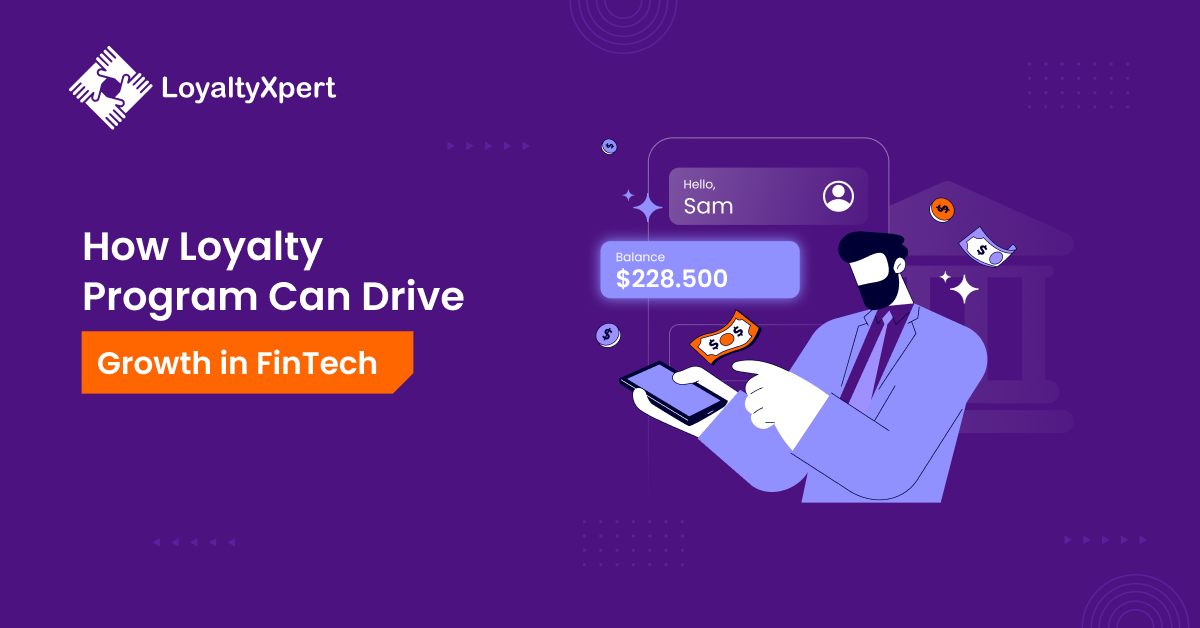
Key Metrics for Successful Customer Loyalty Programs
Author
Ajay Pareek
Published on:
Oct 25, 2018
See How Our Loyalty Program Can Help You.
Let us guide you through our product features with Loyalty Experts
Every brand and business offering loyalty program knows that it takes long to see results. It is because it takes a while to organically earn customers’ trust and prove that the loyalty plans are worth their time and efforts.
In most cases, it can be a gamble!
The success of loyalty programs relies on vast set of metrics that are unique to each business and differ as per the industry, target customers and other factors. Now that the markets have turned more customer-centric, businesses and loyalty solution providers understand that it is not easy to track customers’ needs and expectations manually and measure the success of loyalty plans using skewed techniques. Marketers and brands are leveraging technology platforms and using insights derived from churning and analysis of relevant data.
Simplifying information from siloed customer and sales data is always overwhelming. Therefore, brands and experts in this space have narrowed-down their searches by identifying key metrics to track the success of customer loyalty programs. Give below are general metrics used for loyalty programs:
- Customer Volume: Customer volume is a generic term used to understand numbers for brands to target and engage customers or members with loyalty plans. It is further segregated as:
- New members or signups.
- Number of active and inactive members or users.
- Active or inactive users or members who have enrolled in loyalty plans.
- Re-activation of old members and users.
- Member or user rate acquired from different registration channels.
- Customer Behaviors and Personas: Customer actions like buying and repurchase activities have a direct effect on the revenue and profitability of the brand or business. Customer behaviours are broken down based on:
- Purchase frequency.
- Average spending per visit.
- Revenue generated from different users or audience segments like active, inactive and new users or members.
- Average amount of buying or purchase activities.
- Earning from Loyalty Plans: Revenue and profits are major determinants of gains or loss from customer loyalty programs that allow brands to observe and decide if it is worthwhile to offer customers in the long run. It takes into consideration various other factors like:
-
- Operating Cost: It considers all the investment in marketing and promotional activities, operation, technical and administration cost. The expenses on these factors must be offset by earnings from loyalty programs. This number is useful in calculating lifetime value of the loyalty programs.
-
- Average Number of Transactions Per Loyalty Plan: It would be unfortunate when a customer is least interested in using reward and loyalty plans to engage in buying activities with the brand and business. The percentage of transactions made using loyalty cards suggests how impactful the program is in influencing its customer base. This metric is useful in understanding customers’ interest and number of meaningful conversions that brands can expect from customer over a period.
Most businesses make monthly, weekly and yearly assessments on the above factors to measure and understand tangible outcomes and benefits. For deep insights and make customer-centric decisions, brands and marketers look at more detailed factors such as:
-
- Customer Retention Rates: The objective of loyalty programs is to keep a customer associated with a brand for a long time while also impacting its bottom line with repeated buying activities. A brand’s customer retention rate is a powerful indicator of brand loyalty and success of loyalty plans in motivating customers to engage further. Studies on loyalty effects also suggest that a meagre five percent increase in customer retention can lead to 25 to 100 percent increase in profitability. This also benefits brands with insights for implementing customer retention strategies.
-
- Net Negative Churn Rate: When the revenue from expansion or existing customer activities offsets the revenue lost from customer churn, it is defined as net negative churn. For example, imagine an e-Commerce company that has monthly sign-ups and purchases from more than a thousand customers which make up nearly 20 percent of its monthly revenue. But, the brand also loses about 100 customers every month that account for nearly 5 percent of monthly average revenue. Despite losing a significant number of customers, the brand’s earnings offsets customer churn rate.
-
- NPS Score: NPS or net promoter score is trademarked metric that was coined by the Fred Reichheld and consultants at Bain & Co during 2000. NPS involves a scoring range between 0 to 10 or -100 to 100 that customers are asked to provide as response to the question, “How likely is that you are willing to recommend our brand or product or services to your friends and colleagues?” NPS is used for measuring customer’s satisfaction and loyalty and its calculated breaking down the scores into detractors, passives and promoters. Businesses and loyalty program management companies can use loyalty programs to get customers to recommend them to their peers and boost numbers as NPS scores.
-
- CES: CES or customer effort score is a customer satisfaction metric that determines the level of ease of experience that customer had with a brand or company based on five point scale of ‘extremely difficult’ to ‘very easy’. The CES score is used to understand the level of difficulty and efforts invested by a customer to use products and services. It also includes measure of the likelihood of customers continuing to use or avail services from the brand. This is an easier way to calculate customer loyalty and can be effectively used to understand the success of loyalty programs.
What do you think?
To know more about loyalty plans and programs that are appropriate for your business, contact our experts today.
FAQs
Ajay Pareek
Ajay Pareek is a seasoned Sales leader with over 30 years of experience in building and scaling B2B digital platforms. His expertise lies in crafting innovative solutions for channel engagement, loyalty programs, and comprehensive sales management. Ajay has been instrumental in driving substantial growth and profitability for the company through his strategic leadership.



